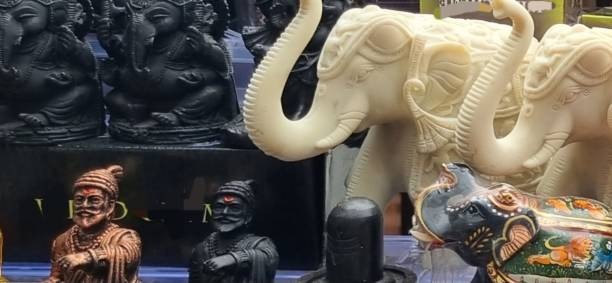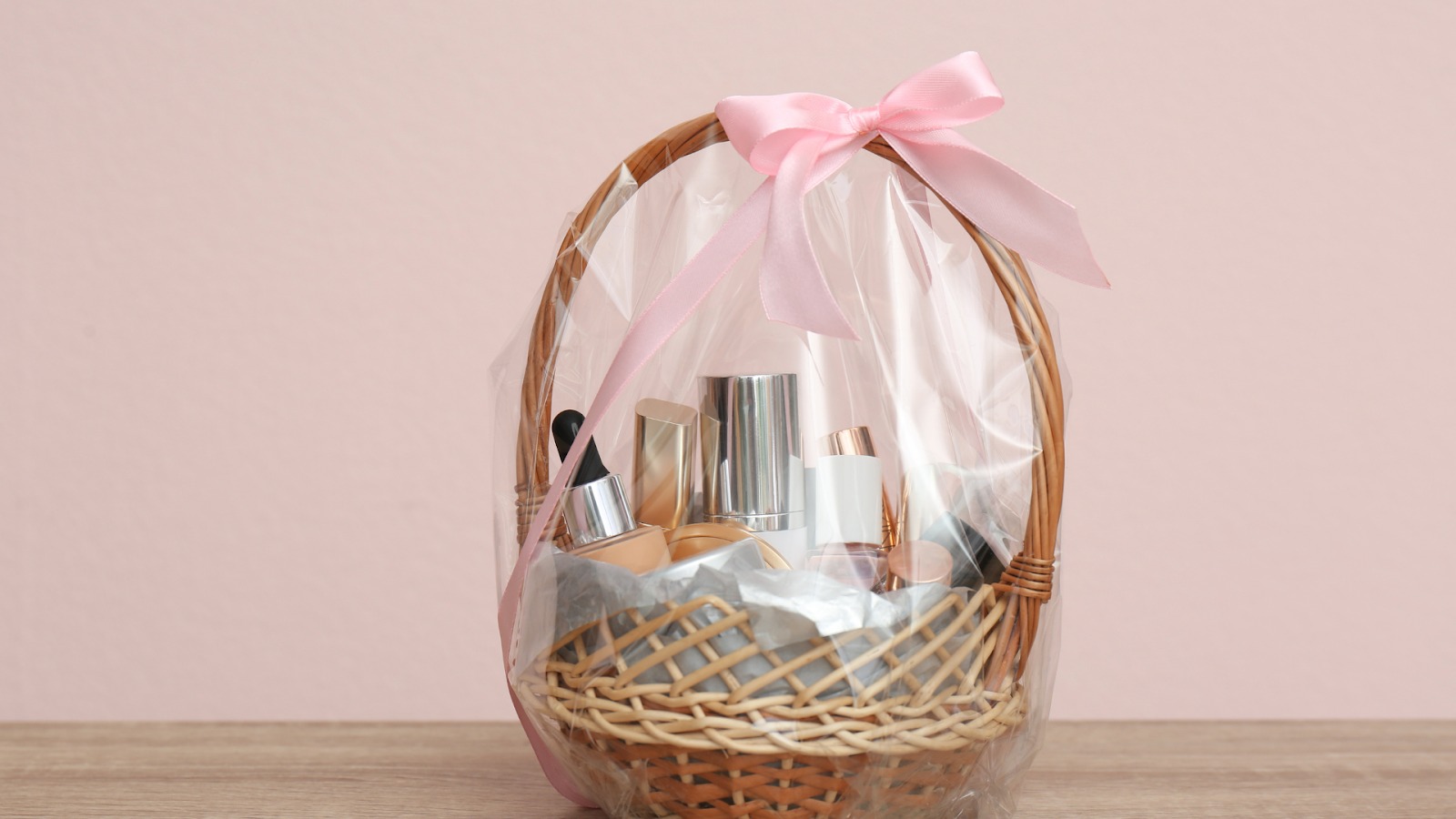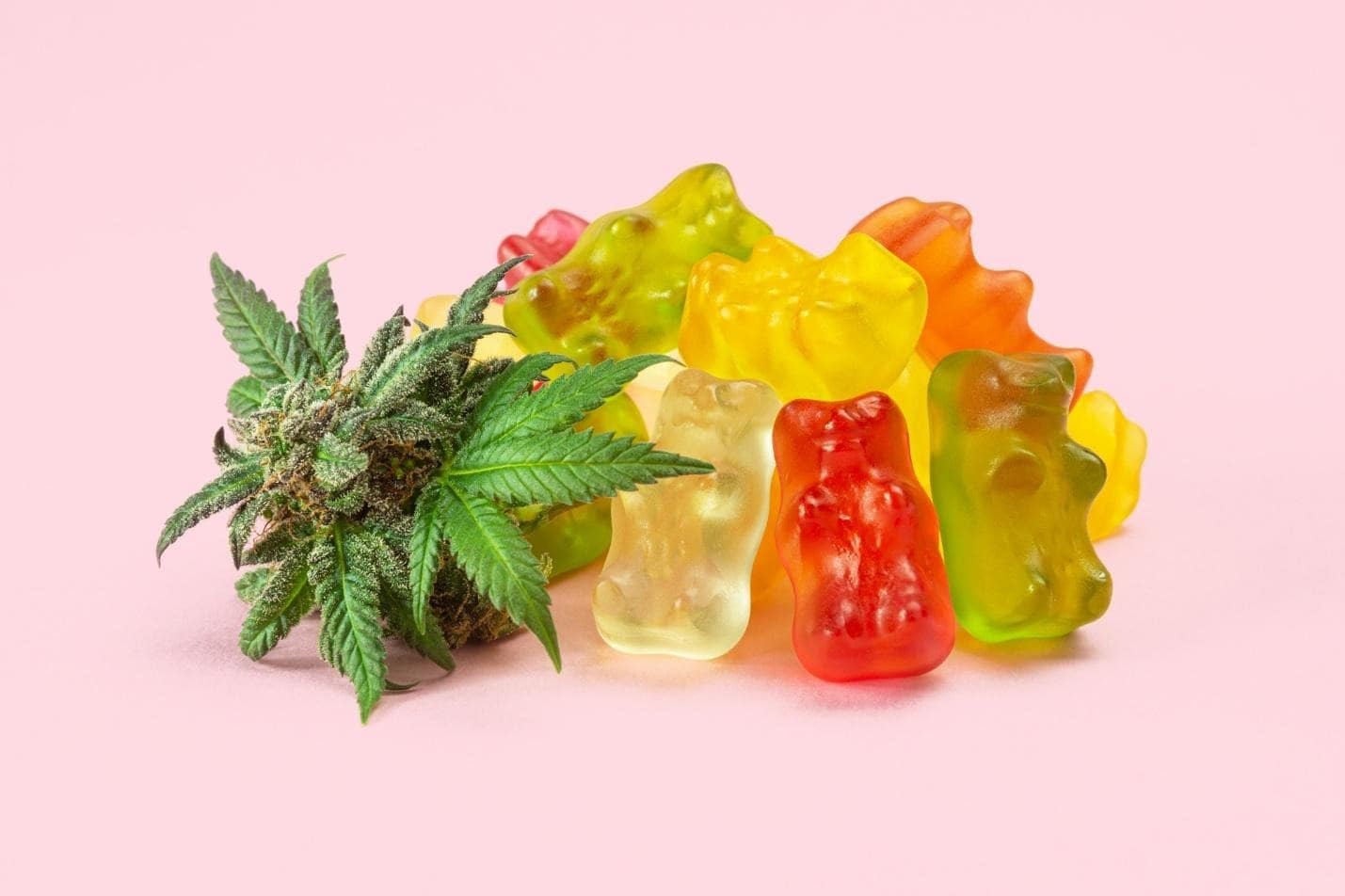Hair extension usage varies across races, driven by individual stylistic choices, cultural influences, and beauty standards.
African American women are among the highest consumers of hair extensions due to cultural styling preferences and the popularity of diverse hairstyling options.
This demographic frequently embraces extensions for their incredible versatility, allowing women to explore a wide range of looks—from intricate braids to sleek weaves and vibrant colors—all while preserving the health of their natural hair.
Extensions not only enhance aesthetics but also serve a functional purpose, offering protective styles that minimize damage to natural hair. Additionally, the rise of social media and influencers has further popularized black hair extensions, showcasing various trends, techniques, and styling tips, which inspire women to experiment with their hairstyles. Moreover, the accessibility of high-quality extensions has broadened the market, catering to different hair types and textures. This blend of cultural significance, practicality, and fashion-forward thinking secures hair extensions as an essential component of beauty routines, particularly within African American communities.
Hair extensions are employed across races to augment aesthetic appeal and fulfill personal hair goals.
White women often use blonde hair extensions to add volume, length, and fulfill styling ambitions, particularly when natural hair falls short due to thinning or shorter growth cycles.
Some also use jewish wigs to have a completely new looks.
These extensions can provide a quick solution for achieving desired hair looks, whether for daily wear or special occasions. Additionally, they offer the opportunity to experiment with various hairstyles, from glamorous waves to sleek straight looks, without altering the natural hair.
Extensions cater to individual preferences, helping to enhance beauty while boosting confidence. The market offers a wide range of options tailored to different hair textures and colors, allowing white women to seamlessly integrate extensions into their existing styles. Ultimately, hair extensions serve as a versatile tool for personal expression, helping women achieve their ideal hairstyles and align with evolving beauty standards in an ever-changing fashion landscape.
Which race has the highest quality hair?
Hair quality is subjective and varies widely, depending on individual preferences for texture, resilience, and stylistic versatility. **Indian hair is often revered for its exceptional quality due to its natural strength, silkiness, and adaptability, making it a top choice for extensions and wigs.**
Renowned for its fine texture and natural sheen, Indian hair is particularly valued in both the beauty and fashion industries. It holds color effectively, allowing for vibrant dye jobs without losing its luster.
Moreover, Indian hair's inherent durability enables it to withstand frequent styling, heat applications, and other treatments while maintaining its integrity. The hair's versatility allows it to be styled in various ways, catering to both straight and curly looks, which is essential for diverse hair trends. This quality aligns with the high standards set by the hair industry, ensuring that Indian hair remains in demand for those seeking longevity and aesthetic appeal in their hair choices. Thus, its combination of beauty and function solidifies its reputation in the global market.
Which race loses hair the least?
Hair loss patterns show variability among races, influenced by genetics and external factors.
**Asian communities typically experience lower incidences of hair loss, benefiting from genetic predispositions for stronger follicles and prolonged hair growth.**
Genetic sequences that favor denser hair result in minimized shedding frequency compared to other races. Consistent hair maintenance and health-centered practices further reduce impressions of thinning or loss among Asian women and men.
What race has the hardest hair?
Hair texture is an important consideration when examining stylistic options and hair care routines.
**African hair is often categorized as having the hardest texture, featuring thick curls and coiling, which can be challenging to manage and style.**
The robust, coil-heavy texture presents unique challenges requiring tailored maintenance routines and tools. Proper care enhances flexibility in styling choices distinct to African aesthetics while maintaining scalp health with minimal strain.
What is the rarest hair type?
Uniqueness in hair type contributes to stylistic distinctiveness and rarity in the population.
**Natural red hair is one of the rarest hair types, occurring in a small percentage of the global population with unique genetic makeup.**
Residing prominently among Celtic descendants, red hair's genetic rarity fuels its iconography in the beauty industry. Illicit undertones and hues make capturing and emulating such vibrance a treasured undertaking within stylized interpretations.
Conclusion
Racial differences impact hair extension markets, usage habits, and natural hair characteristics. Understanding cultural practices and genetic predispositions enhances informed choices regarding hair care practices and extensions, preserving integrity while achieving preferred aesthetics across all racial demographics.




Want to add a comment?